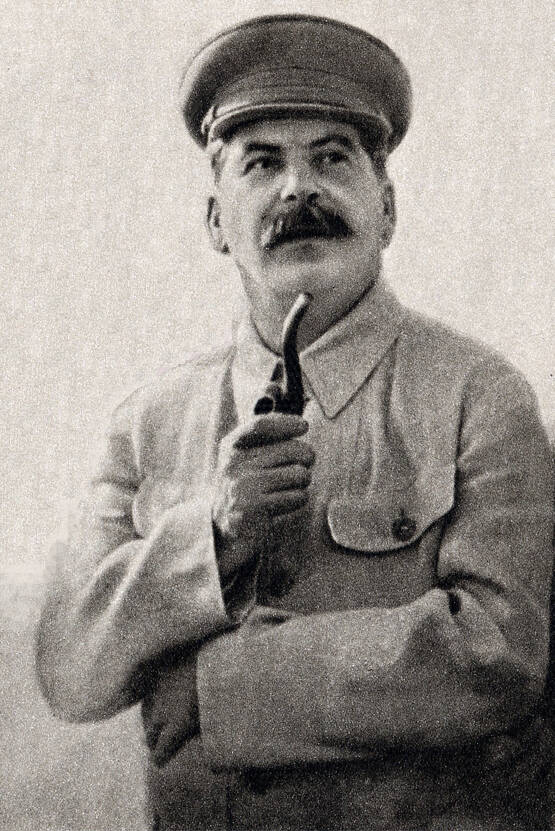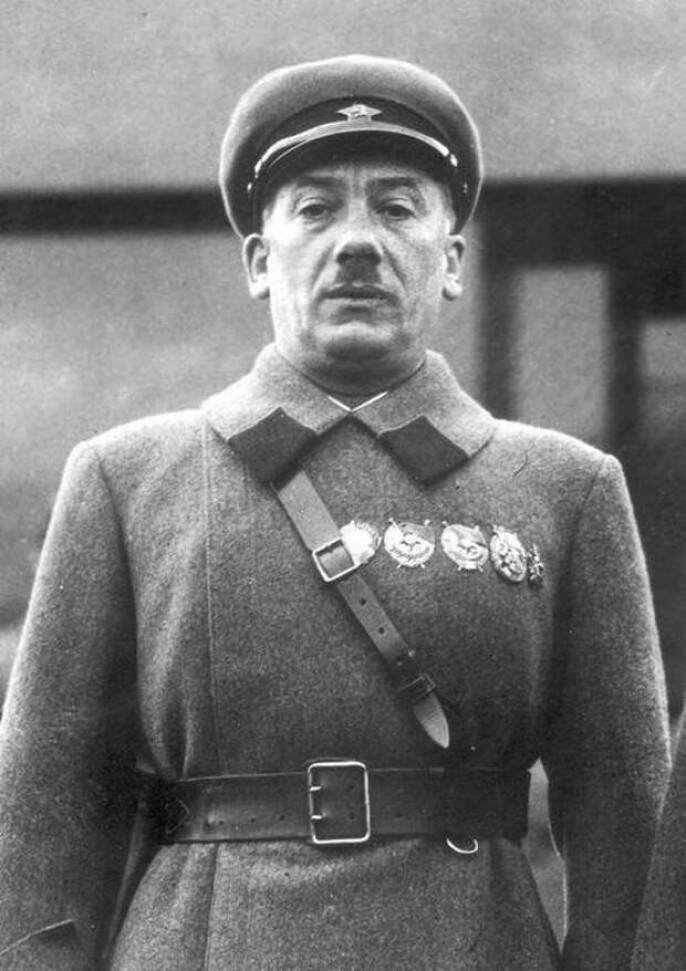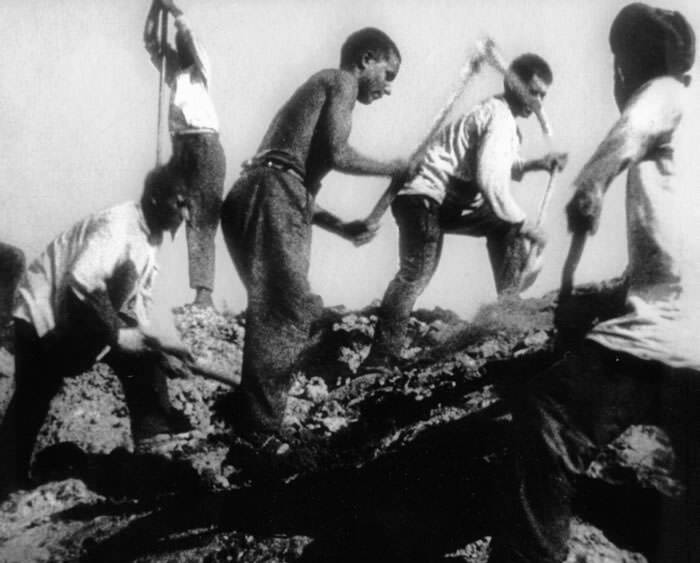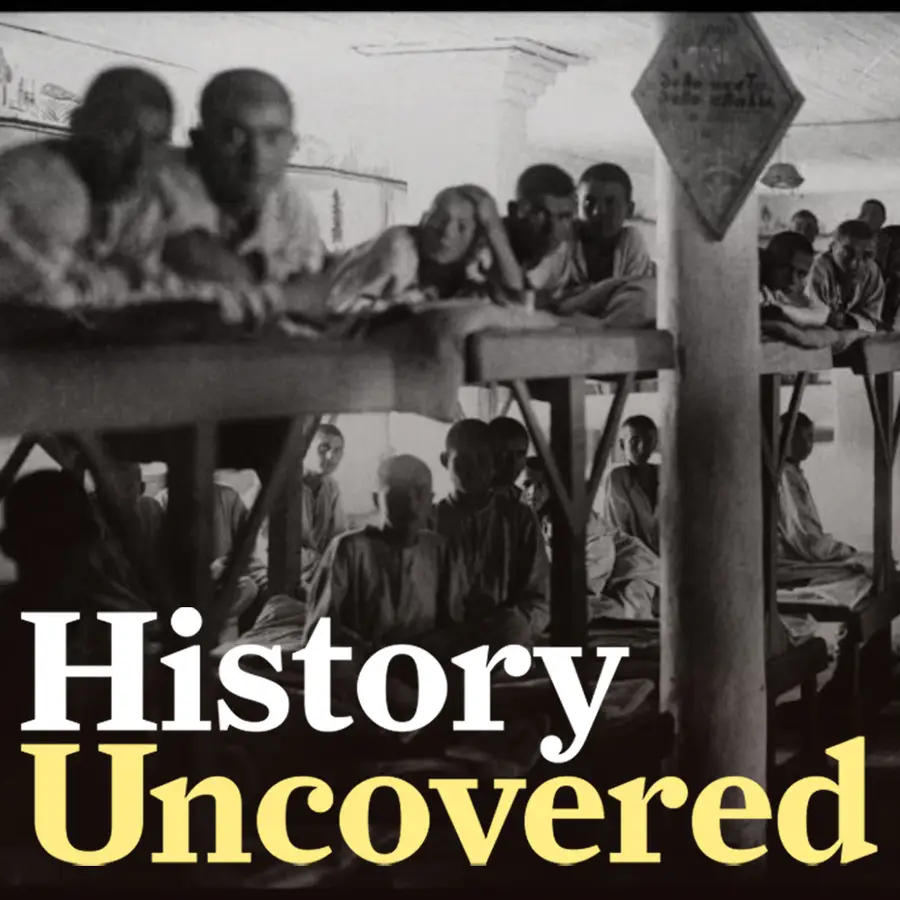Between 1936 and 1938, Soviet leader Joseph Stalin killed at least 700,000 people during a blood-soaked purge of political opponents, real or imagined, in a devastating wave of violence known as the Great Terror.
As the story goes, Soviet leader Joseph Stalin and his close political ally Vyacheslav Molotov, the namesake of the Molotov cocktail, sat down together on December 12, 1937, and coolly approved the death sentences of 3,167 people — then went to the movies.
It was, after all, just another day in Stalin’s so-called “Great Purge” or “Great Terror.” This brutal political campaign by the Soviet leader lasted from 1936 to 1938 and sought to eliminate all of Stalin’s enemies — real or imagined.

Public DomainSoviet leader Joseph Stalin in 1937, at the height of the Great Purge.
Under the terror of the Great Purge, no one was safe. It began in the mid-1930s when Stalin started targeting Bolsheviks who had dared question his authority. During a number of public show trials — and trials not opened to the public — Stalin’s enemies were systematically found guilty of being traitors and summarily executed.
Though they’d been coerced into false confessions through torture or intimidation, the trials went full steam ahead. Within a couple of years, Stalin was the only original Bolshevik leader left.
But Stalin’s wrath was not reserved only for his former political allies. During the Great Purge, almost anyone — peasants, intellectuals, minorities, Stalin’s communist rivals, soldiers — could become a target.

Wikimedia CommonsGenrikh Yagoda, once one of Stalin’s most trusted allies, was ultimately put to death by the Soviet leader in 1938.
Even Genrikh Yagoda, the head of the NKVD, the Soviet secret police, was not safe. In 1938, he was executed after being found guilty in one of Stalin’s infamous show trials. As were some 30,000 soldiers in the Red Army and almost 80 percent of Stalin’s generals.
Stalin would not tolerate any perceived threat to his power — so any potential threat was swiftly neutralized. Family members could be found liable for the so-called “crimes” of their fathers and husbands, which meant that even children could tragically pay the ultimate price for imagined wrongs allegedly committed by their parents.
As one survivor of the Great Purge said, Joseph Stalin “wanted power—power without limit,” and thus sought to turn the Soviet Union into a country of “160 million slaves and one free man.”
The Great Purge was ultimately just one small part of this. Stalin also enforced collectivization policies that triggered devastating mass famines which may have killed as many as eight million people, and, infamously, oversaw the expansion of the Soviet gulag system from a dozen camps to some 30,000.

The Central Russian Film and Photo ArchivePrisoners of Belbaltlag, a gulag camp that focused on building the White Sea–Baltic Canal.
To this day, more than 70 years after Stalin’s own death, the Great Purge continues to cast a particularly dark shadow over modern history. It was a time of fear, repression, and mass slaughter. Historians estimate that at least 700,000 people were killed during the Great Purge, but the true number may be double that — and it doesn’t even account for the people who died during famines or while imprisoned in the gulags.
Indeed, the true death toll of this period of Soviet history may never be known for certain.
Learn more about the music used in our podcast. History Uncovered is part of the Airwave Media network. Learn more about your ad choices by visiting megaphone.fm/adchoices.






